You've probably heard about ultra-thin smartphones becoming the next big thing in mobile tech, but Samsung's latest strategic reversal shows how tricky that niche really is. What began as an ambitious swing at redefining flagship design with the Galaxy S25 Edge ended with the Galaxy S26 Edge getting cancelled, before it even launched. Not a minor hiccup; a loud warning about what happens when engineering flair drifts away from what buyers actually want.
Competitive pressure matters too. With Xiaomi, OPPO, and Vivo pushing strong spec sheets at lower prices, Samsung cannot ship a flagship that skimps on basics. The Edge series' weak showing exposed a gap: premium pricing requires premium experience across the board. Refocusing on the traditional three-model S26 approach, reports Gadgets360, lets Samsung pour R&D into steady improvements that add value instead of subtracting it.
Strategic lessons for technology-driven product development
The Galaxy S26 Edge cancellation is more than a lineup tweak. It is a case study in cutting losses early and moving resources to where demand actually lives. Development cycles are long, competition is relentless, and tastes shift fast. Better to pivot than dig in.
The Edge effort proved something important: ultra-thin engineering can be impressive and still miss the mark if it compromises core functionality. The upcoming Galaxy S26 lineup benefits from attention that would have been split, positioning Samsung to spar more effectively with premium rivals and value-focused Chinese brands.
For the broader tech world, there is a simple takeaway. Sometimes the bold move is admitting a bold bet did not serve users, then changing course. Premium products win when they deliver across the board, not just on a spec that looks great in a slide deck.




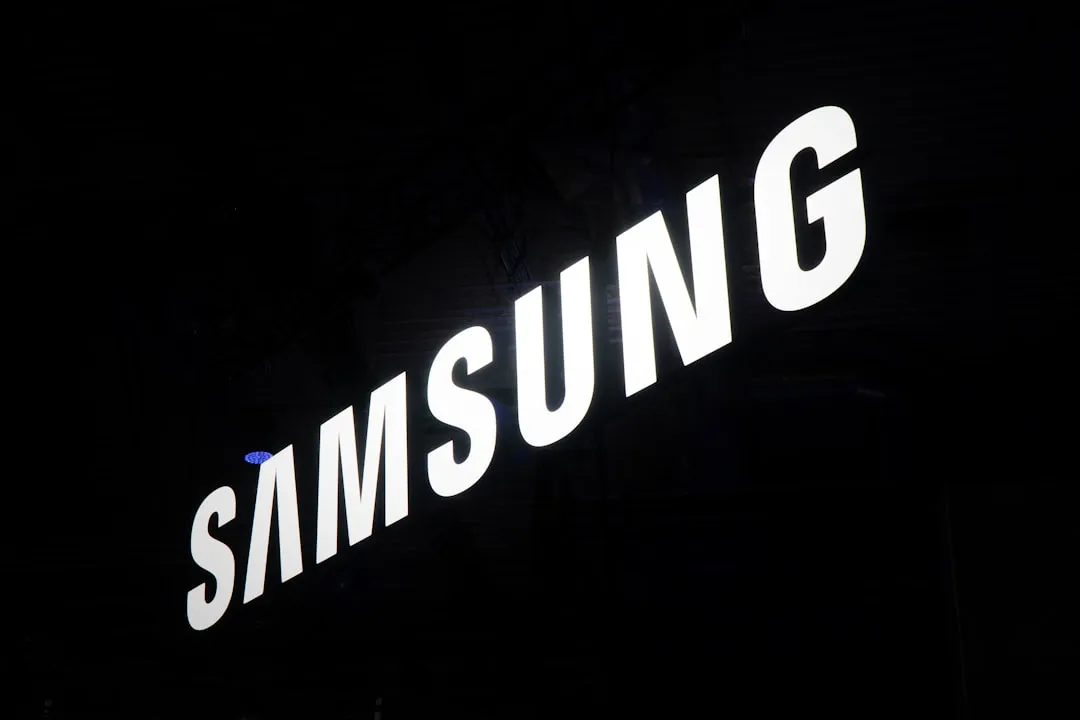
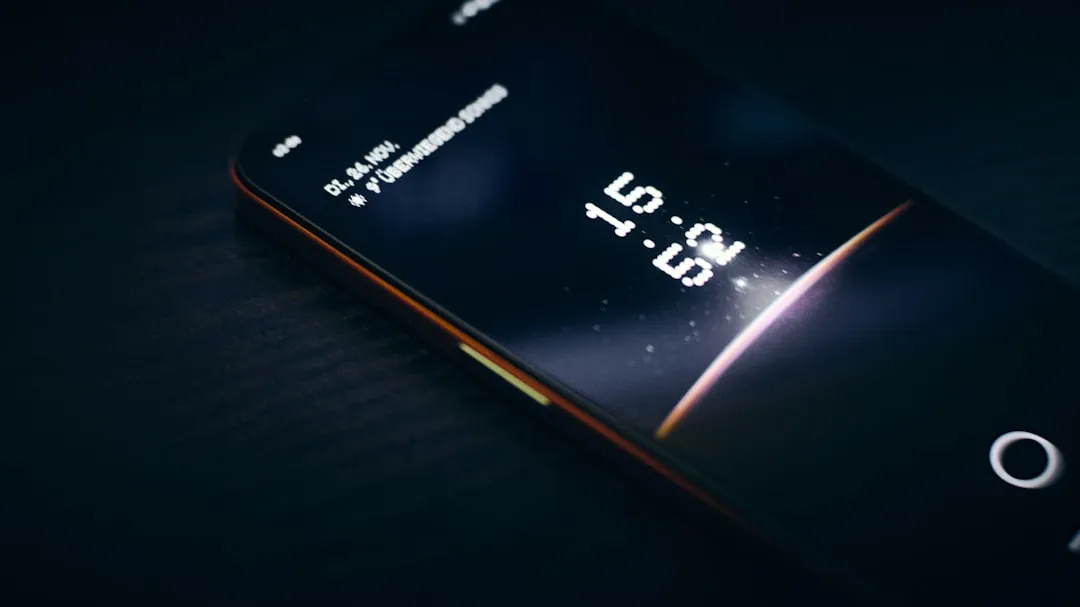

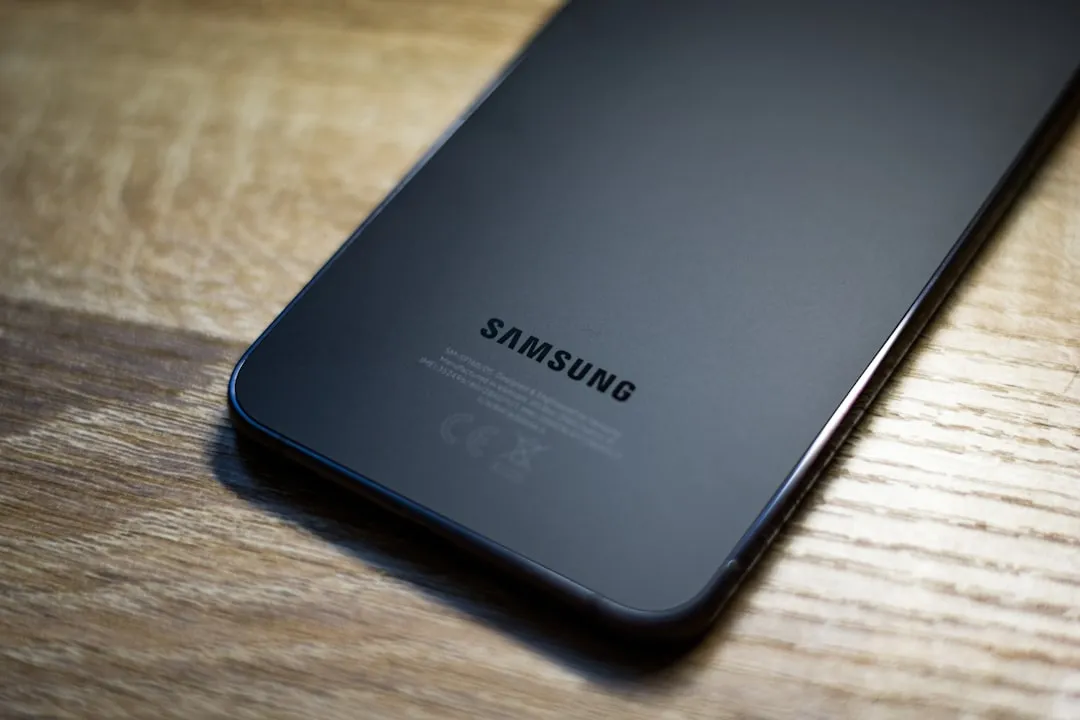

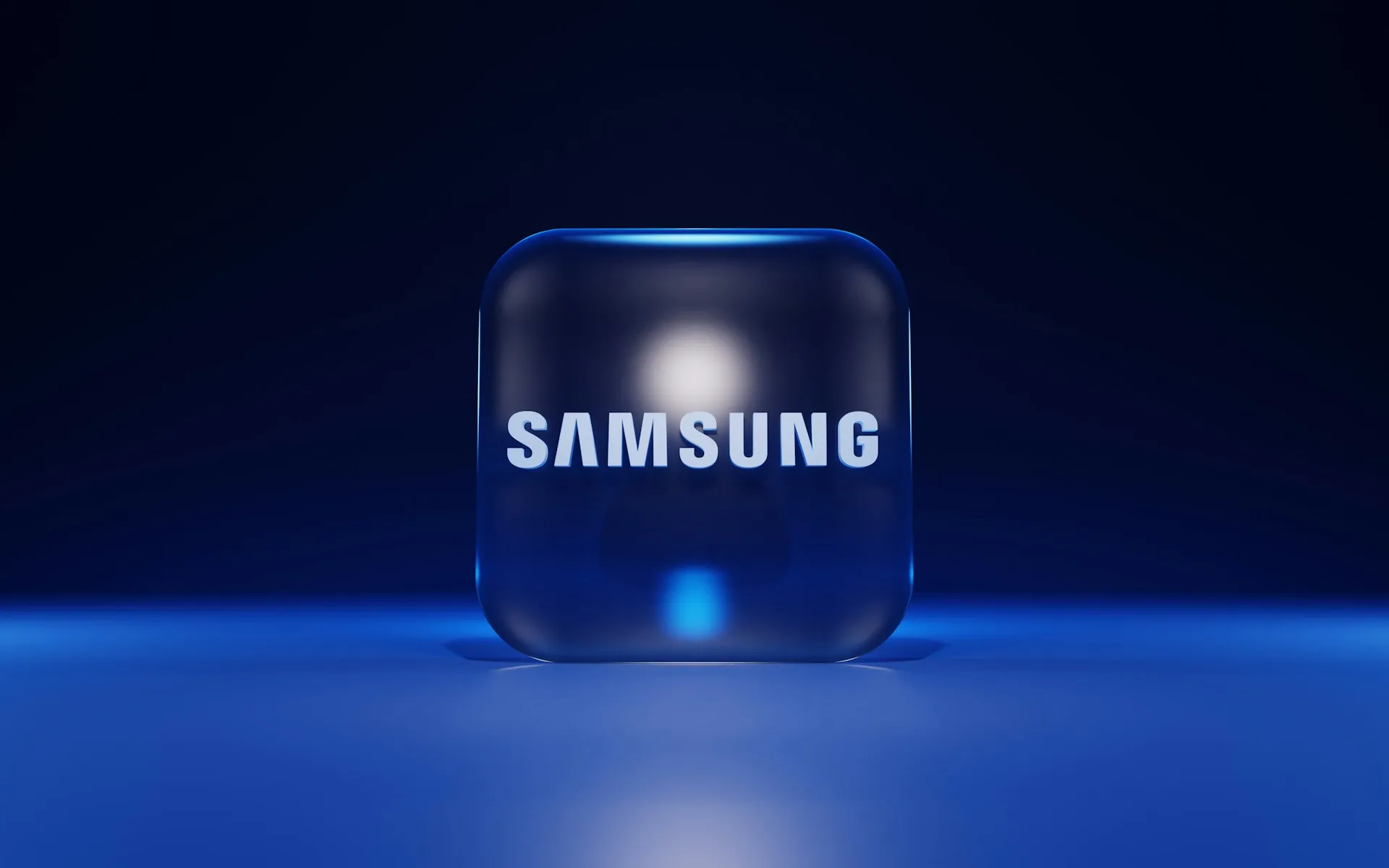
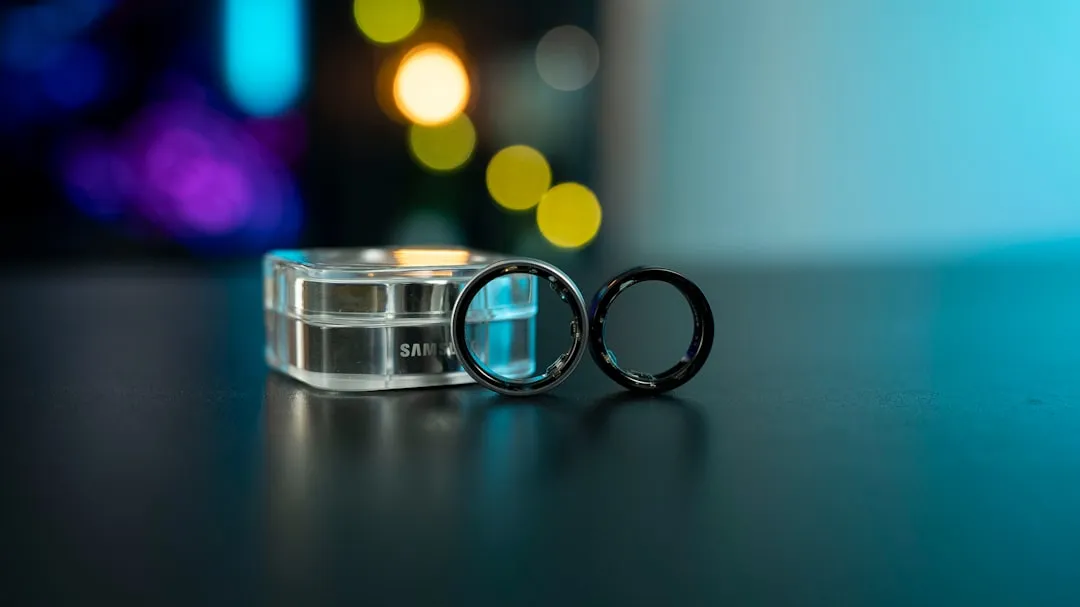

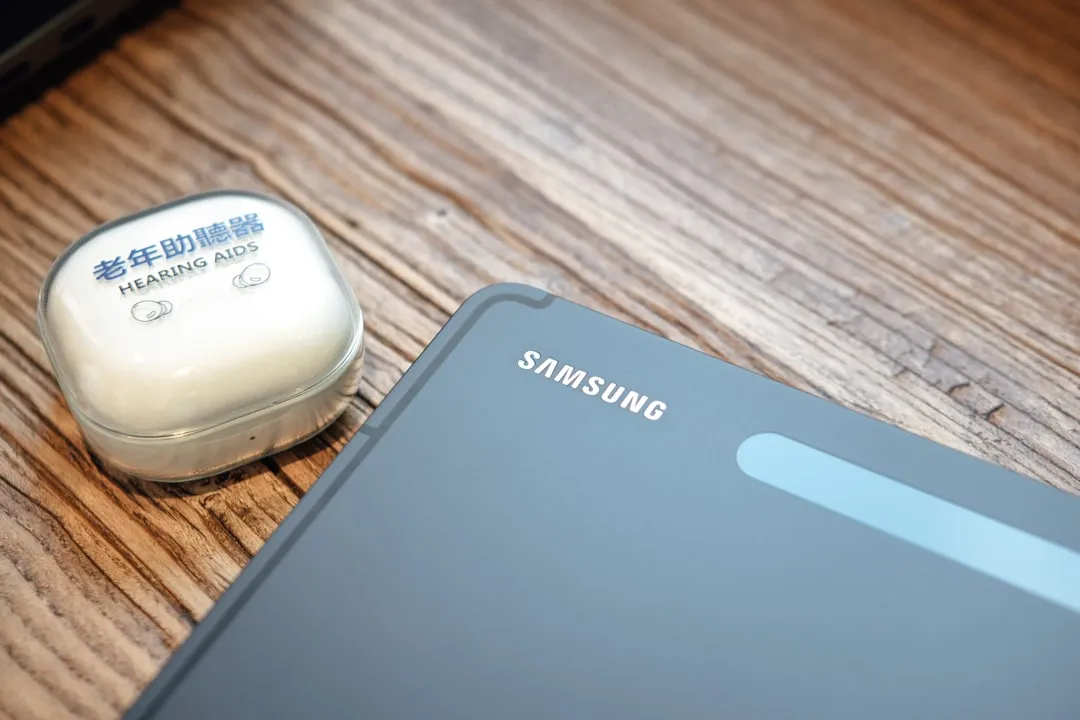
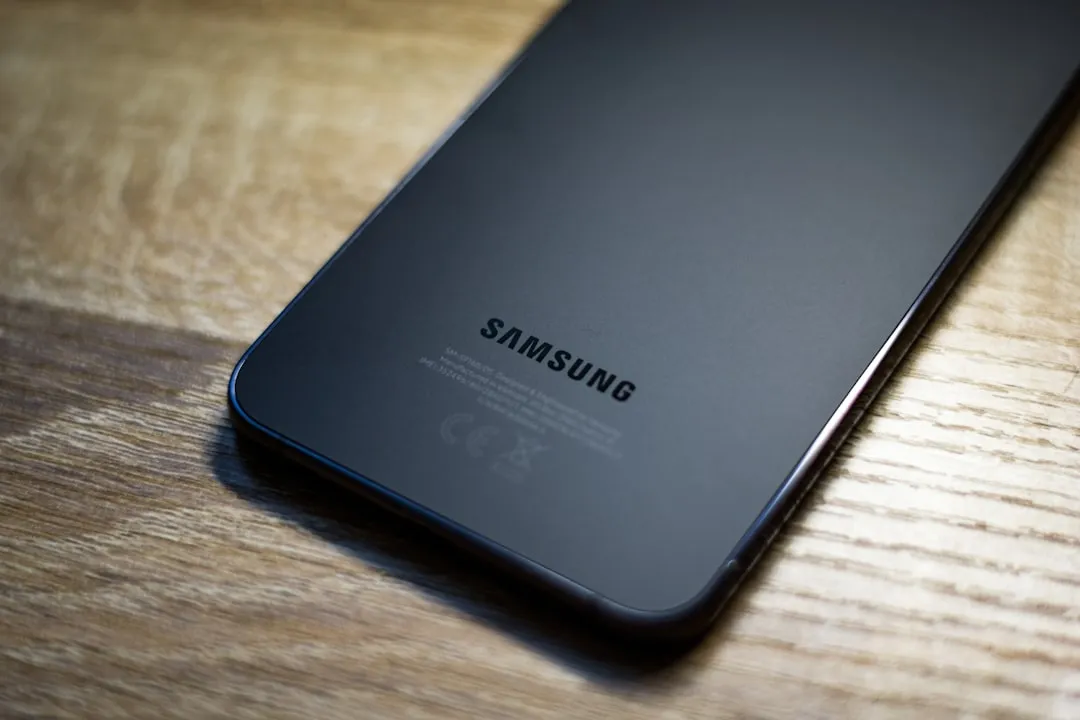



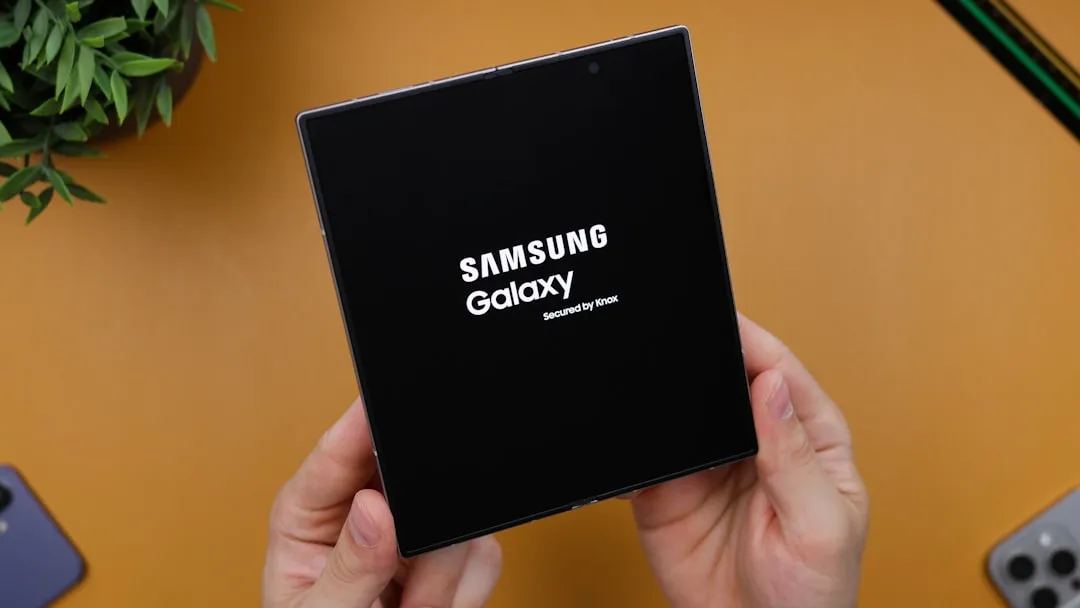

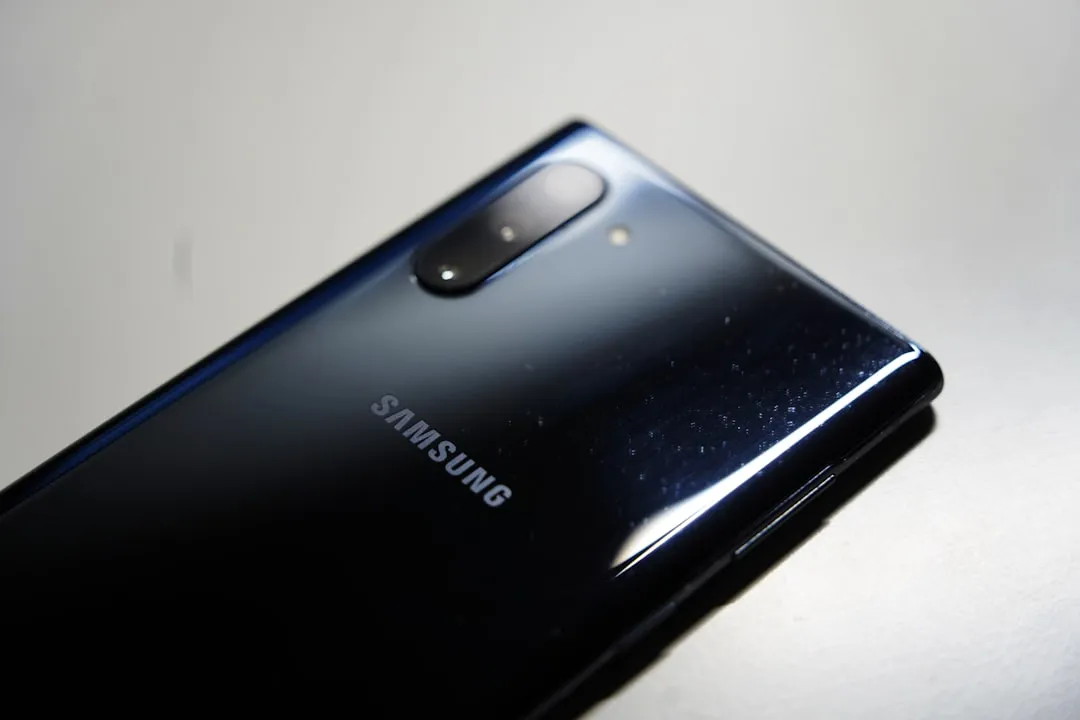
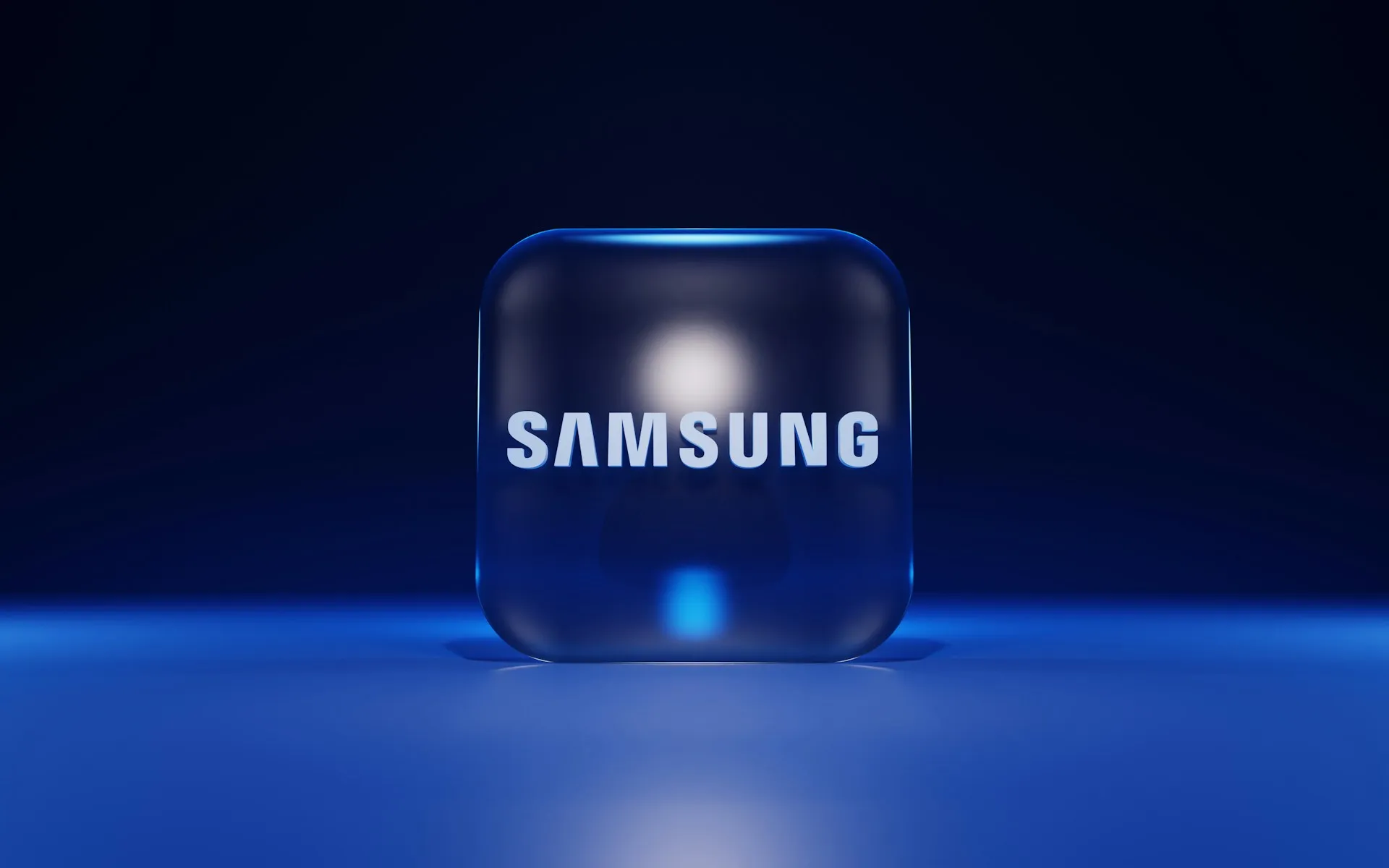
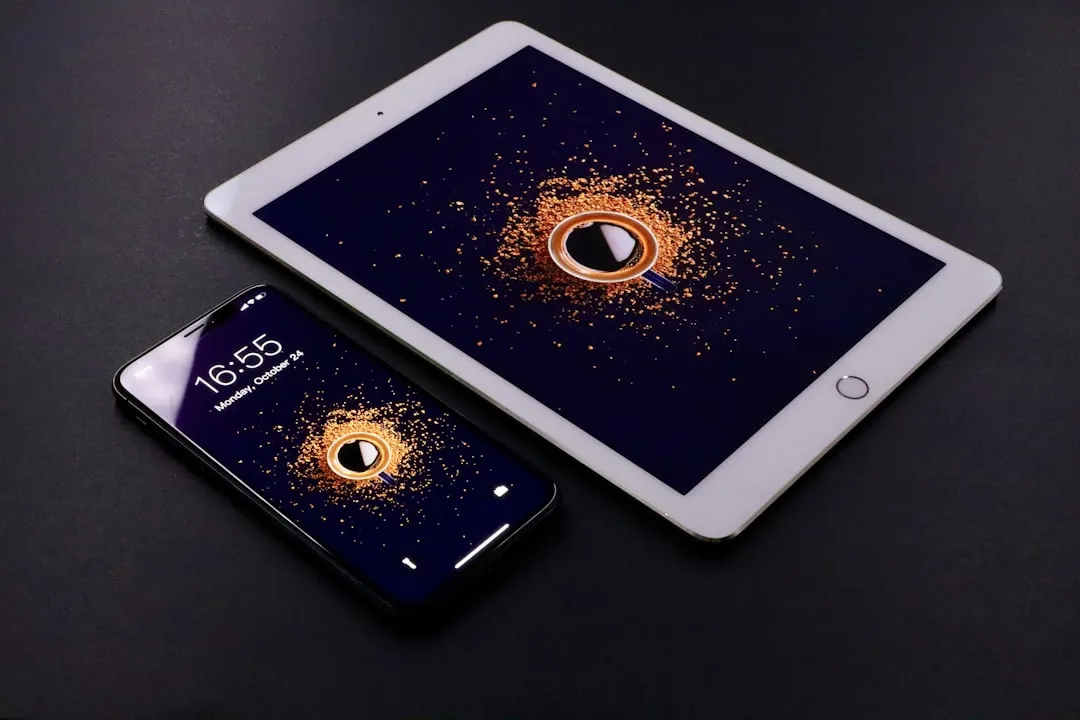
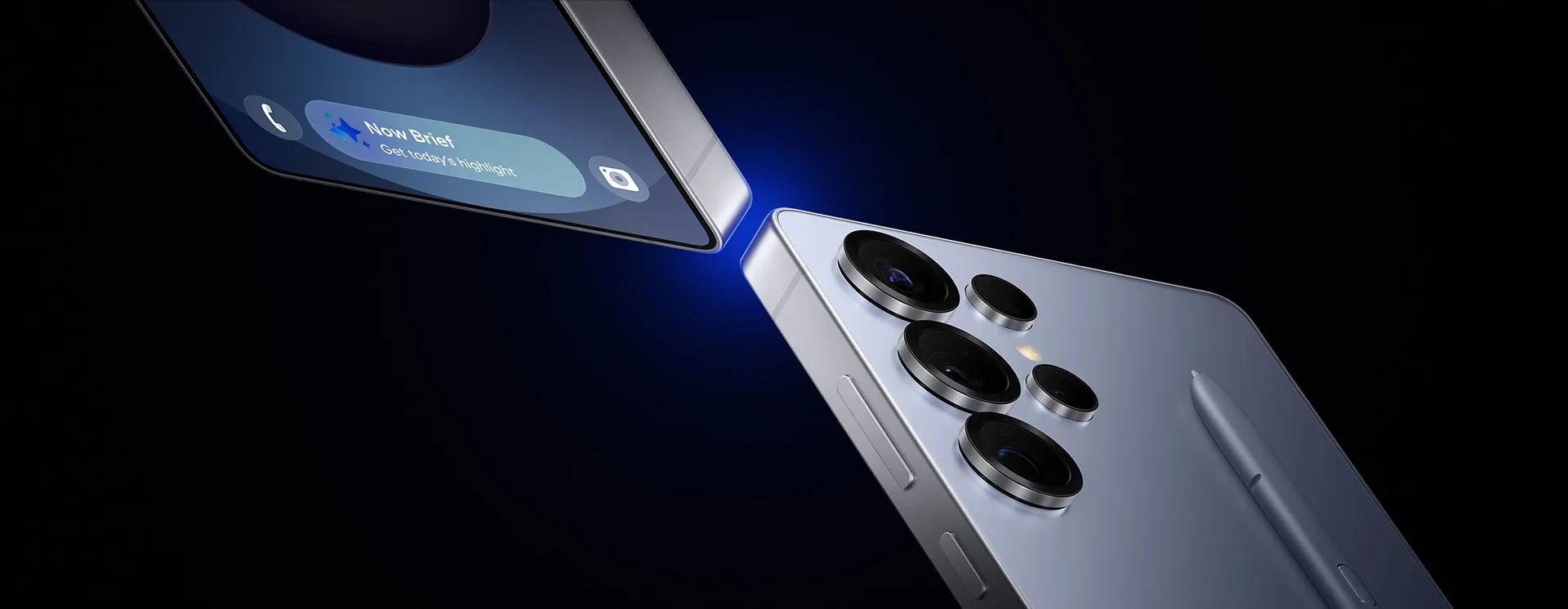

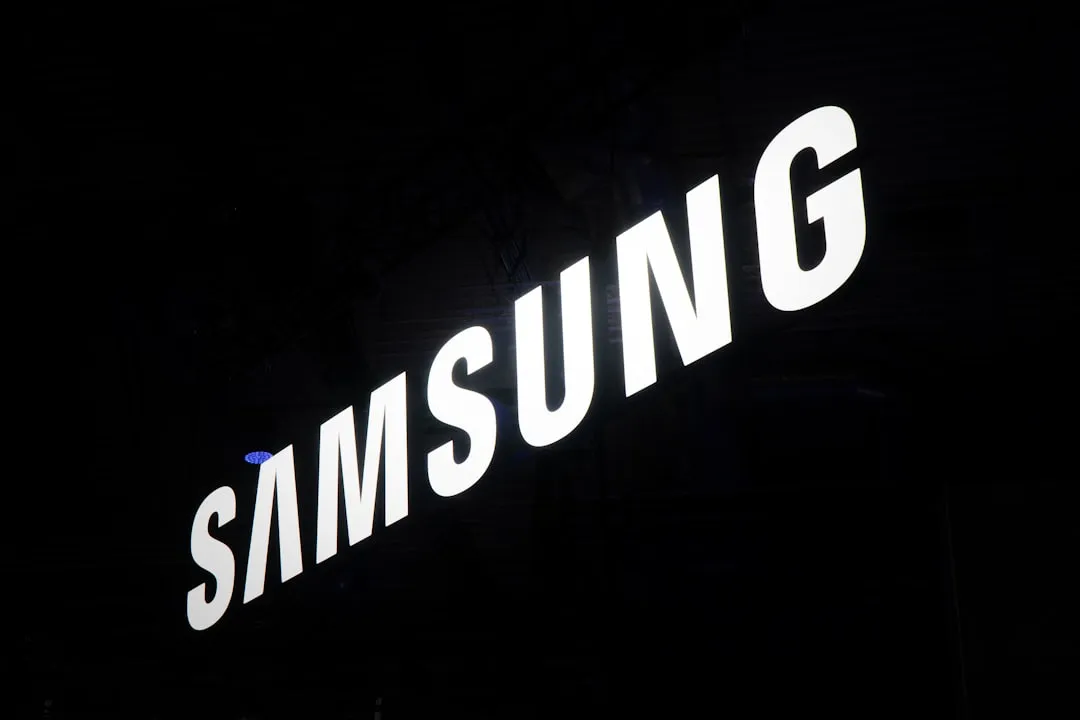
Comments
Be the first, drop a comment!